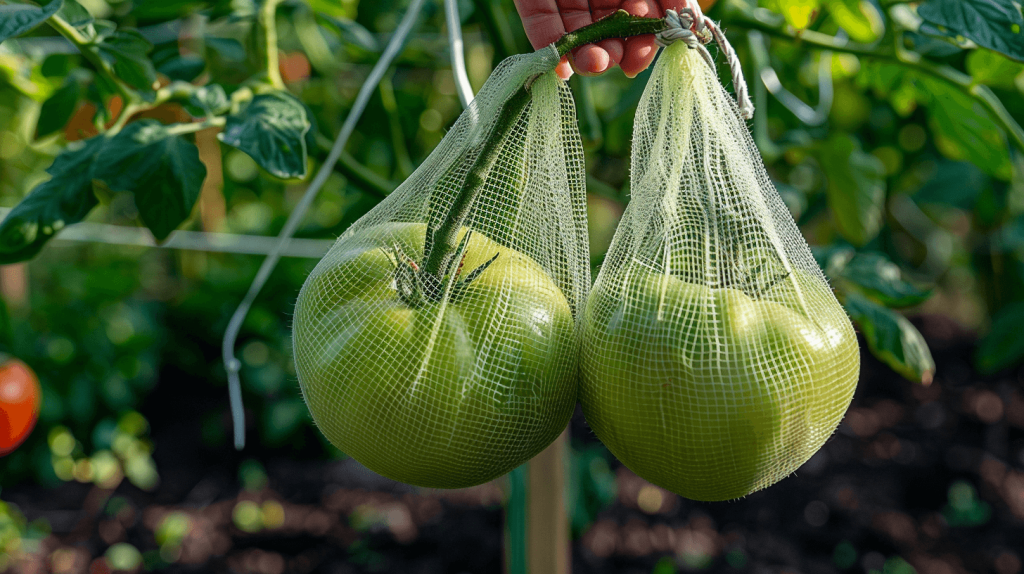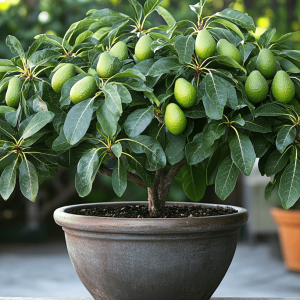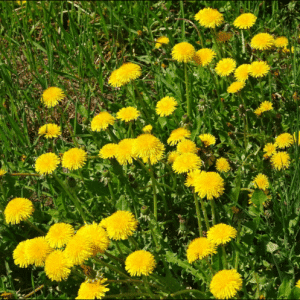
Growing tomatoes in your garden can be immensely satisfying, but it often comes with the challenge of keeping birds and squirrels away from your precious fruits. These clever creatures can wreak havoc on your tomato plants, but with a few strategic measures, you can protect your harvest. Here are five tips to deter birds and squirrels from feasting on your tomatoes, along with an extra tip to ensure your garden thrives.
1. Cover the Fruits
One of the most effective ways to protect your tomatoes is to physically cover the fruits. You can use a variety of materials and methods:
- Bird Netting: Drape bird netting over your tomato plants to create a barrier that birds and squirrels can’t penetrate. Ensure the netting is securely anchored to prevent animals from getting underneath.
- Mesh Bags: Place individual mesh bags over each tomato. This method protects the fruit while still allowing air circulation and sunlight.
- Garden Fabric: Floating row covers or garden fabric can also be used to cover your plants. These materials are lightweight and can be draped directly over the plants or supported by stakes.

2. Harvest Early
Birds and squirrels are attracted to ripe, juicy tomatoes. To stay ahead of them, harvest your tomatoes early, when they just start to show a blush of color. Tomatoes will continue to ripen off the vine, so bring them inside and let them mature on your kitchen counter. This way, you can enjoy perfectly ripe tomatoes without worrying about them being stolen.
3. Add a Source of Drinking Water
Birds and squirrels often go after tomatoes for their juice, especially during hot, dry weather. By providing an alternative source of water, you can divert their attention away from your tomato plants. Set up a birdbath or a shallow dish of water in your garden. Ensure the water is fresh and clean, and place it a reasonable distance from your tomato plants to lure the critters away.
4. Use Repellent Sprays
Repellent sprays can be a highly effective way to keep birds and squirrels at bay:
- Chili Pepper Spray: Mix water with chili peppers or hot sauce and spray it on your tomato plants. The spicy scent and taste deter animals from taking a bite.
- Predator Urine: Spray the perimeter of your garden with predator urine, such as coyote urine. The scent of a predatory animal scares off squirrels and raccoons, keeping them away from your garden.
When using repellent sprays, reapply after rain and regularly during the fruiting season for continued effectiveness.

5. Use Scare Tactics
Scaring birds and squirrels away can also be effective. Here are a few scare tactics:
- Noisemaking Devices: Install devices that make noise when the wind blows, such as wind chimes or clattering metal objects.
- Pinwheels and Reflective Tape: Place pinwheels and strips of reflective tape around your garden. The movement and light reflections can frighten birds and squirrels.
- Owl Statues: Place owl statues or other predatory bird decoys around your garden. Move them occasionally to maintain their effectiveness, as animals can get used to stationary objects.
Extra Tip: Plant Distraction Crops
To further protect your tomatoes, consider planting distraction crops that birds and squirrels prefer over tomatoes. Sunflowers, corn, or berries can be planted away from your tomato plants to draw these animals to a different part of your garden. By offering them an alternative food source, you can reduce the damage to your tomatoes.
Conclusion
By combining these tips, you can effectively protect your tomato plants from birds and squirrels. Covering the fruits, harvesting early, providing water, using repellent sprays, and employing scare tactics can make a significant difference. Additionally, planting distraction crops can help keep these pests at bay. With a little effort and planning, you can enjoy a bountiful tomato harvest. Keep on growing! 💚






